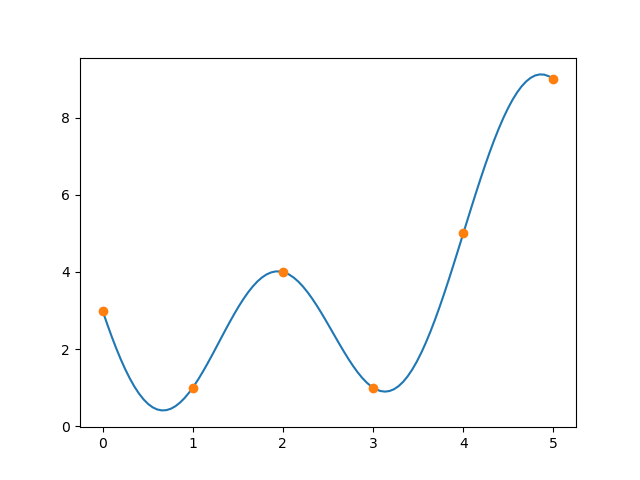A perfect number is a positive integer equal to the sum of its proper divisors, all divisors less than itself. The first three examples are as follows.
6 = 1 + 2 + 3
28 = 1 + 2 + 4 + 7 + 14
496 = 1 + 2 + 4 + 8 + 16 + 31 + 62 + 124 + 248
Even and odd perfect numbers
Every known perfect number is even. No one has proved that odd perfect numbers don’t exist, but people keep proving properties than an odd perfect number must have, and maybe some day this list of properties will contain a contradiction, proving that such numbers don’t exist. For example, an odd perfect number, if it exists, must have over 1,500 digits.
Mersenne primes
A Mersenne prime is a prime number of the form 2p− 1. Euclid proved that if M is a Mersenne prime, then M(M + 1)/2 is an even perfect number [1]. Leonhard Euler proved the converse of Euclid’s theorem two millennia later: all even perfect numbers have the form M(M + 1)/2 where M is a Mersenne prime.
There are currently 52 known Mersenne primes. The number of Mersenne primes is conjectured to be infinite, and the Mersenne primes discovered so far have roughly fit the projected distribution of such primes, so there is reason to suspect that there are infinitely many perfect numbers. There are at least 52.
Triangular numbers
By Euler’s theorem, all even perfect numbers have the form M(M + 1)/2 , and so all even perfect numbers are triangular numbers.
P = 1 + 2 + 3 + … + M
Binary numbers
Even perfect numbers have the form 2p−1(2p − 1), and so this means all perfect numbers when written in binary consist of p ones followed by p − 1 zeros.
For example,
496 = 31 × 32 / 2 = 24(25 − 1)
and 496 = 111110000two, five ones followed by four zeros.
Related posts
[1] Euclid didn’t use the term “Mersenne prime” because he lived 17 centuries before Marin Mersenne, but he did prove that if 2p − 1 is prime, then 2p−1(2p − 1) is perfect.




